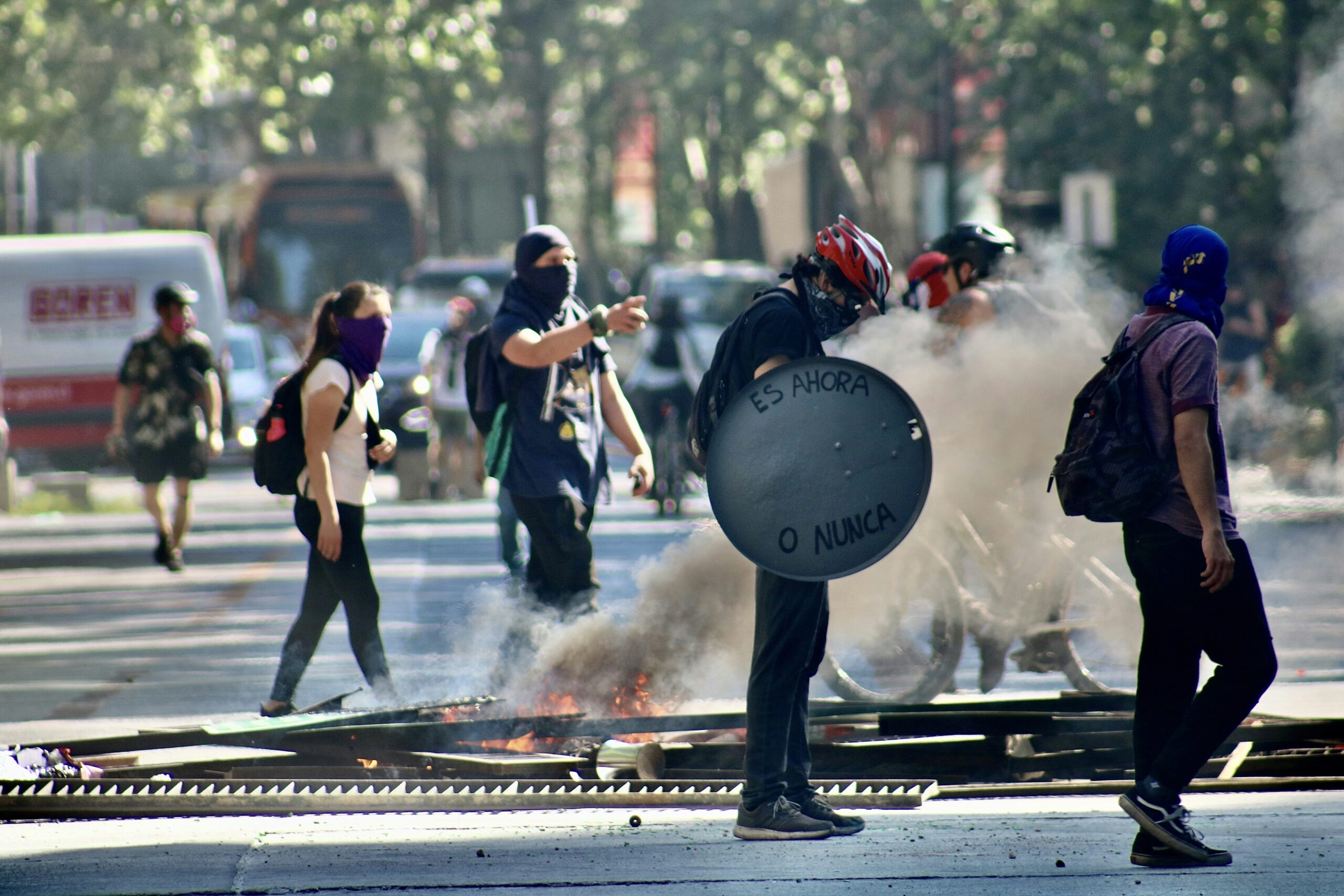
Tensions in Serbia have escalated into violence with dozens injured as antigovernment protesters and government supporters clashed fiercely. The incidents occurred amid ongoing protests demanding significant political reforms under President Aleksandar Vucic’s administration.
Background of the Protests
The protests, led primarily by university students, began in November following a tragic incident where a train station canopy collapsed in Novi Sad, resulting in 16 fatalities. This incident sparked outrage and led to accusations of corruption and mismanagement of state infrastructure projects. The demonstrators have been calling for early parliamentary elections, a demand that President Vucic has staunchly rejected.
Details of the Clashes
The latest violent encounters started on a Tuesday night in Vrbas, northwest of Belgrade, and quickly spread to other cities including Backa Palanka, Novi Sad, and Nis. In Vrbas, the confrontation intensified outside the offices of the governing Serbian Progressive Party, with riot police deployed to separate the warring factions. Images from the scene depicted a chaotic exchange of flares, rocks, and bottles, with both sides suffering injuries.
- Dozens of injuries reported, including 16 police officers.
- Several detentions in Vrbas as reported by local police.
- Government supporters and antigovernment protesters engaged in violent exchanges across multiple cities.
Government and Police Response
Police Commissioner Dragan Vasiljevic described the protesters as initiating the attacks, a sentiment echoed by President Vucic who labeled the ongoing protests as “very violent.” This characterisation has been disputed by protesters who claim they were attacked by government supporters. In response to the escalating violence, riot police were seen actively pushing away protesters in downtown Belgrade.
Political and International Implications
These protests and the ensuing violence are occurring against a backdrop of Serbia’s formal bid for European Union membership, a process complicated by Vucic’s strong ties with Russia and China. The Serbian President, who has been in power for over a decade, faces accusations of stifling democratic freedoms, an issue that has drawn international attention and concern. The current unrest is shaking the foundations of his long-standing presidency, with fears of further escalation.
What’s Next?
The situation remains fluid and fraught with tension. The persistence of the protests, coupled with the recent surge in violence, suggests that further confrontations may be inevitable. Observers are closely monitoring these developments, which have significant implications for Serbia’s political stability and its international relations, particularly with the European Union.
As the international community watches closely, the resolution to this crisis remains uncertain, with the potential to shape the political landscape in Serbia for years to come.